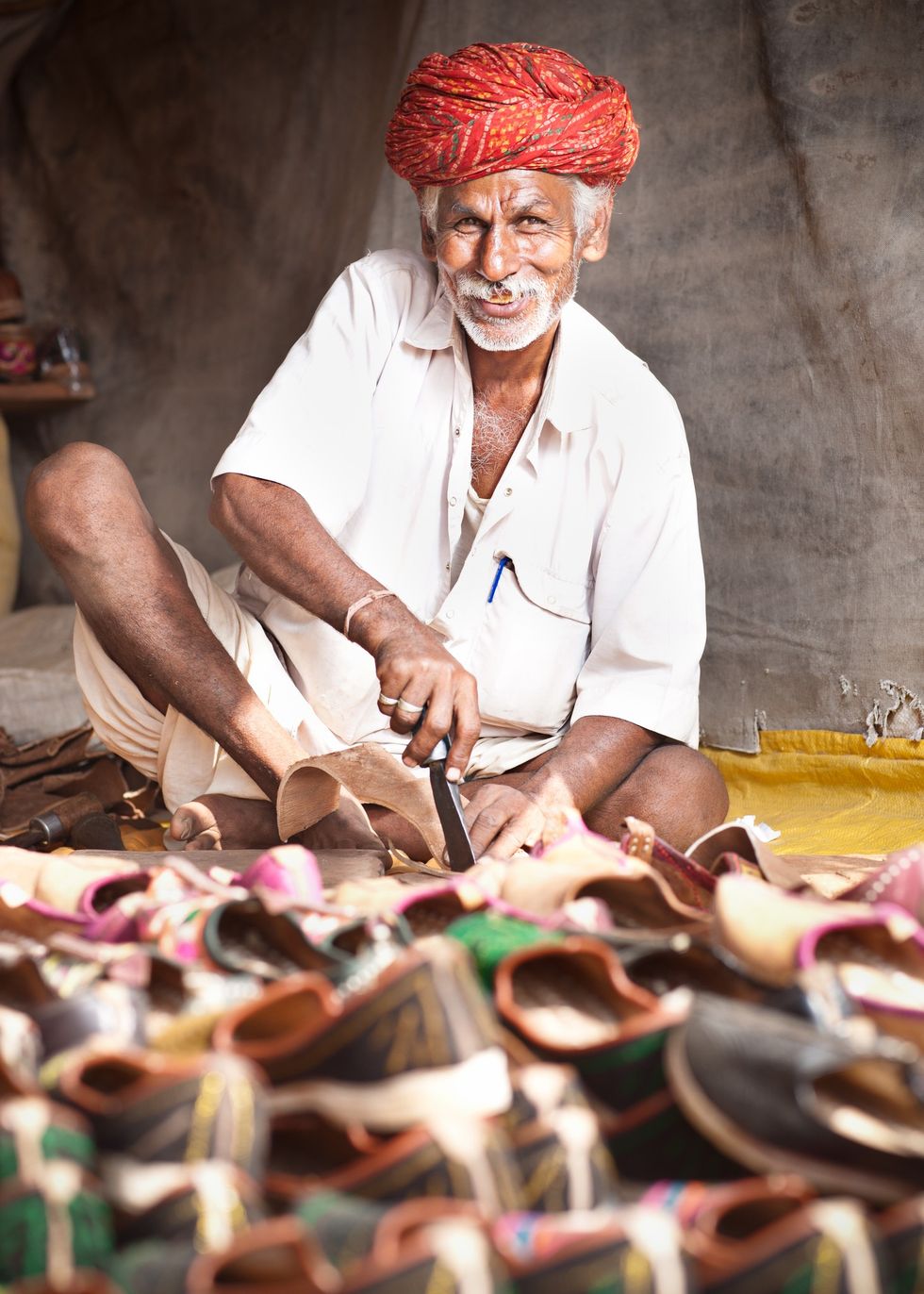ACCLAIMED AUTHOR NIKESH SHUKLA ON HOW TO START YOUR JOURNEY AS A WRITER
by MITA MISTRY
WHETHER it is provoking important debates, speaking about significant issues or giving a platform to writers, Nikesh Shukla has always given back.
The acclaimed British novelist behind books such as Coconut Unlimited, The One Who Wrote Destiny and The Boxer has been continuing that with a brilliantly informative newsletter offering free advice to writers. In between finishing off his latest novel Brown Baby, Shukla has been giving valuable advice and making many aspiring writers believe they can also produce literary work. A co-founder of The Good Literary Agency, Shukla was most recently awarded an honorary degree of Doctor of Letters from the University of Bath in December 2019 and believes in literature being a universal tool for positive change.
Eastern Eye caught up with Shukla to talk about writing tips, his newsletter and advice to aspiring authors.
You have started giving writing tips, but how did you learn yourself?
I didn’t take any creative writing courses. I read many books and novels at a young age and took a lot from the stories, such as absorbing how they are put together. I just read a lot. I have spoken on panels and at literature festivals, but it was always about diversity and inclusion. I don’t get to talk about the writing craft or how the story gets put together. I don’t think we get that opportunity as much as we would like to. But in 2019, I was teaching a lot more and after stepping back, I had a powerful realisation from which the weekly writing tips emerged.
What has the feedback been like since you started giving writing tips?
It’s been great. People have been telling me the tips have helped them unlock something that had stopped them from moving on with their writing and given them a perspective they had not considered before. The tips have pointed them in a helpful direction. They are there to make you think about your work from different angles such as the plot, characters, the why and many more. And the sense of community people feel from the weekly tips is great and what I want to say to people is we can do this together.
What do you mean?
I want people to know that their story is meant to be told and they need to tell it. Storytelling is a circular thing, so you have to get over the blocks yourself, and start telling stories. And it really is about the communities like Toni Morrison said, ‘We don’t need any more writers as solitary heroes. We need a heroic writer’s movement: assertive, militant, pugnacious.’ We all have a role to play in ensuring we are speaking the truth to the power that we are – using our power and coming together to make good from it.
What are the top three writing tips you would give writers?
You’ve got to read and read a range of diverse books. Know there are two key components to a novel – ‘what’ is about that stuff that happens, which is the plot. Then there is ‘what is the story really about?’ When you’re reading, anything can happen in the plot. But what readers really care about is what the heartbeat of the story is. Find the best way to promote your writing.
Do you have any key advice for first time writers?
All of the above, but the main thing is to just take as much time as you need to make your story better.
What was the greatest lesson you learned as a writer after writing all these books?
Rejection is a part of the process. Often rejection isn’t about you, and there are so many other variables into why a writing is rejected. It could be any of the following: Is the work finished? Is it the sort that is being sought? Did you send it before it was ready? Did you send it in the wrong time of the year? Maybe, you have the wrong agent. There are multiple factors as to why your writing might be rejected. So, it’s important to accept that rejection is part of the process, and it’s not something that should be taken personally.
What advice would you give to those who get writer’s block?
First of all, try and work out why you have a writer’s block. Is it because you’re tired of writing? Are you distracted? Lost? It’s like being in a car en route to somewhere and getting stuck on the way; you need to get out of the car and find a new route or try something different to get back on the journey.
How should a writer overcome self-doubt or thoughts that the book they have written is not good enough?
Whatever you do, ask for help. Your friends and family will tell you that they love you, so they won’t give you constructive feedback. You really need to talk with other writers and get them to read your work. Writers will spot your actual writing, and how you can improve. Find writers whom you can give and receive peer feedback. And this goes back to the writing community – we all need each other. Also, let go of the imposter syndrome, and if you get a rejection learn something from it.
From whom do you seek advice?
I have an agent because of my work. And she gives me advice on the structure and stuff such as the editing.
What is the key advice for someone who has completed a manuscript?
Once you finish a draft, stick it in a drawer and take at least a month off it. When you come back to it, read it through without making any notes, like you are reading it from a reader’s experience. Look at it again with a fresh pair of eyes, not scared. Also, there are services out there you can access to review your completed manuscript.
What can we expect from you in 2020?
I am pleased to announce that my next book will be a memoir of sorts about kids. It is called Brown Baby and will be published by Books By Bluebird. It is about my experience of raising a daughter.
nikesh.substack.com and Twitter: @NikeshShukla





 Prada confirms Kolhapuri chappals inspired its 2026 Milan collectionInstagram/
Prada confirms Kolhapuri chappals inspired its 2026 Milan collectionInstagram/ Kolhapuri chappals have been crafted for centuries and received GI tag in 2019 iStock
Kolhapuri chappals have been crafted for centuries and received GI tag in 2019 iStock 








 Wintour also became synonymous with the Met GalaGetty Images
Wintour also became synonymous with the Met GalaGetty Images


 Your hair benefits from sun protection tooDimps Sanghani
Your hair benefits from sun protection tooDimps Sanghani Both chlorine and saltwater strip hair of natural oils, leaving it brittleiStock
Both chlorine and saltwater strip hair of natural oils, leaving it brittleiStock Using too many styling products in hot weather can weigh hair down and attract grimeiStock
Using too many styling products in hot weather can weigh hair down and attract grimeiStock